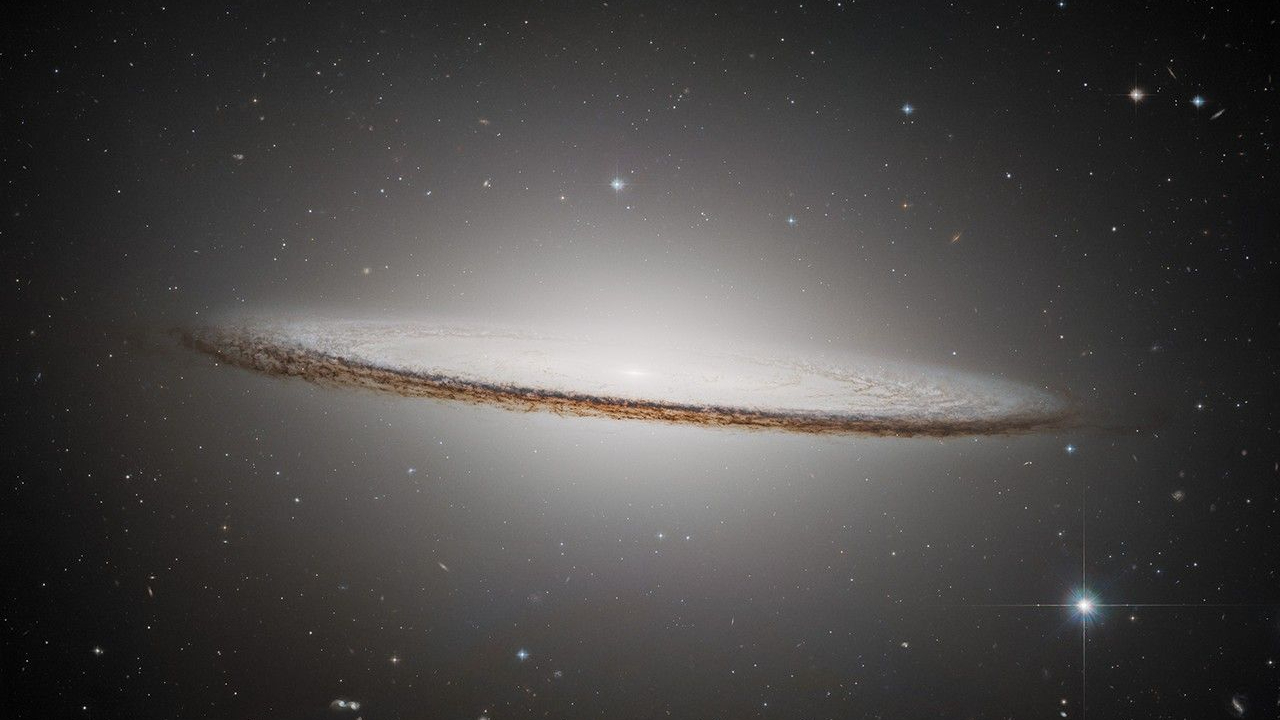
NASA just unveiled a new image of the iconic Sombrero Galaxy, showcasing intricate details of its vivid structure that resembles the broad-brimmed Mexican hat.
Located approximately 30 million light-years from Earth in the constellation Virgo, the Sombrero Galaxy, also known as Messier 104, is viewed nearly edge-on by the Hubble Space Telescope. New image processing techniques revealed the galaxy's bright central bulge and the vast, dusty disk that encircles it in unprecedented detail.
These features give the appearance of a rounded crown and broad brim of a sombrero, for which the galaxy is named, according to a statement from NASA.
"One of the things that makes this galaxy especially notable is its viewing angle, which is inclined just six degrees off of the galaxy's equator," NASA officials said in the April 16 statement. "From this vantage point, intricate clumps and strands of dust stand out against the brilliant white galactic nucleus and bulge, creating an effect not unlike Saturn and its rings — but on an epic galactic scale."
Given the extreme angle at which it is viewed, astronomers are unsure if the Sombrero is a spiral galaxy or an elliptical galaxy. While it is packed with stars and hosts a supermassive black hole — which at nine billion solar masses is more than 2,000 times more massive than the Milky Way's central black hole — it is considered a calm galaxy.
Astronomers estimate that less than one solar mass of gas is converted into stars each year in the Sombrero, suggesting the galaxy is not actively feeding on interstellar material and therefore isn't undergoing intense star formation.
Using the new image, astronomers are able to study metal-rich stars in the galaxy's halo, which indicate it may have merged with a massive galaxy billions of years ago, creating the distinct Sombrero shape observed today.
Astronomers are applying new image-processing techniques to previously released Hubble observations like this Sombrero Galaxy image in honor of the space telescope's upcoming 35th anniversary.







